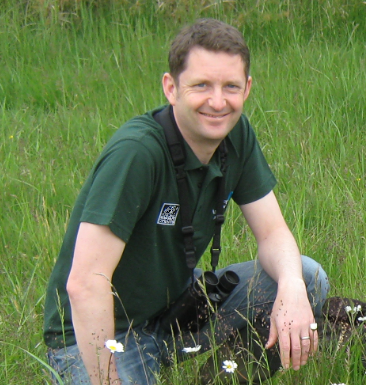January 2019
‘How much natural capital do we have in our region?’ This question, asked at an Anglian Water Board meeting in spring 2017, had a big impact on our thinking about natural capital. It resulted in the first regional natural capital asset register, developed in partnership with the University of East Anglia. It gave us an insight into the state of health of our region’s soil, water and biodiversity, and showed how the benefits flowing from the natural world are changing. The message is clear; natural capital is under pressure already. Growth and climate change will make things worse. We need to act. And fast.
This work, and our engagement with stakeholders, ensured natural capital was a key theme in our Strategic Direction Statement 2020-2045, reflected in the four long-term ambitions we set ourselves:
• Make the east of England resilient to the risks of drought and flooding
• Enable sustainable economic and housing growth in the UK’s fastest growing region
• Be a carbon-neutral business by 2050
• Work with others to achieve significant improvement in ecological quality across our catchments
Now, in our 2020-2025 business plan, we have proposed a specific Performance Commitment on Natural Capital, developed with the Sustainability and Resilience Panel of our Customer Engagement Forum. With constructive challenge from the Panel, we committed to:
- developing metrics that will influence our investment decision making;
- reporting on performance against those metrics, and;
- reflecting that performance within our suite of Outcome Delivery Incentives.
Our metrics will aim to capture the most important aspects of natural capital within our region, drawn from the UEA study. We’re now refining those and considering how to embed them in our governance and reporting processes alongside the other capitals; social, human, financial, manufactured, and intellectual/innovation.
Crucially we have our customers’ support for this approach. Our ‘Flourishing Environment’ outcome was considered important by 83% of customers asked. Customers in our online community chose environmental protection as a top priority.
Customers also want us to keep bills low, which natural capital solutions can help with too. Last year, working with Norfolk Rivers Trust, we completed the construction of the Ingoldisthorpe treatment wetland in west Norfolk. It’s composed of four interconnected ponds and planted with native rushes, sedges and herbs which attract birds, mammals and insects. Water from the adjacent water recycling centre flows through the wetland, which is designed to clean it sufficiently to be returned to the river. It does the same job that traditional cement -chemical and -steel solutions would, but with less carbon, lower cost and enhanced biodiversity.
We have plans to install dozens more wetlands across the region in coming years. Others have beaten a path to Ingoldisthorpe to learn from us, so it’s likely still more will spring up around the country.
Treatment wetlands are just one way we’ll support our region’s natural capital. Our business plan sets out proposals on carbon reduction, river restoration, catchment management and protecting wildlife. But we can’t do this alone. The UEA report stressed the importance of everyone playing a part. So we are looking to develop a coalition of organisations who will work together to enhance natural capital and make our region an even better place to work, live and visit.
There are many challenges but also lots of opportunities. We believe that by incorporating six capital metrics into our decision making we can unlock innovative ways to meet these challenges. We’re excited about what can be achieved.
Craig Bennett, Chair of our Sustainability and Resilience Panel, who has been pivotal in challenging us to stretch our ambition on natural capital, comments:
"For too long, our economic infrastructure has been divided up and categorised according to different services; health, nature, water, food, transport, and so on - often with different and competing approaches for managing each one. Not only has this meant we've often missed the big picture, and our ability to deliver services in a more joined up way, it's also often meant that while we might have done right by one outcome, we've often done by another.
Anglian Water's pioneering approach is now demonstrating how it can be much more effective to look at our economic infrastructure in a much more holistic and integrated way; treating water, creating wetlands, restoring biodiversity, creating amenity value, reducing flood risk through catchment management approaches that are more effective in the longer term while also resulting in multiple other benefits.
It is an approach we need to see deployed much more widely, both within the water industry and beyond".
Chris Gerrard, Natural Catchment and Biodiversity Manager, Anglian Water
Follow @AnglianWater
The opinions expressed in this blog are the author's and not necessarily those of the wider Link membership.




Latest Blog Posts